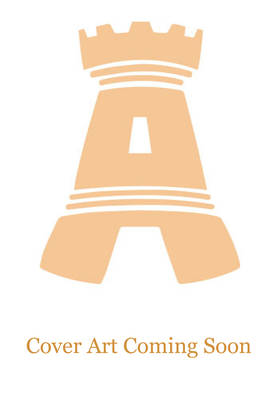
Bedankt voor het vertrouwen het afgelopen jaar! Om jou te bedanken bieden we GRATIS verzending (in België) aan op alles gedurende de hele maand januari.
- Afhalen na 1 uur in een winkel met voorraad
- In januari gratis thuislevering in België
- Ruim aanbod met 7 miljoen producten
Bedankt voor het vertrouwen het afgelopen jaar! Om jou te bedanken bieden we GRATIS verzending (in België) aan op alles gedurende de hele maand januari.
- Afhalen na 1 uur in een winkel met voorraad
- In januari gratis thuislevering in België
- Ruim aanbod met 7 miljoen producten
Zoeken
Omschrijving
Bristol's importance in medieval England was demonstrated when it became the first borough in the country outside of London to be given county status in 1373. It has been one of the largest settlements in the kingdom since this time and the wealth brought through its port and industries spurred the building of numerous churches that has continued through the centuries. Churches of Bristol looks at a range of the city's churches, from early examples to recent years, telling the fascinating story of how they were built alongside some of the colourful history of the city, for both are intertwined. Included are those still standing in the original part of the city and more modern examples built in the suburbs for Bristol's growing population. Fully illustrated throughout, this captivating look at 'the City of Churches' will be of interest to all those who live in Bristol or are visiting the city.
Specificaties
Betrokkenen
- Auteur(s):
- Uitgeverij:
Inhoud
- Aantal bladzijden:
- 96
- Taal:
- Engels
- Reeks:
Eigenschappen
- Productcode (EAN):
- 9781398122314
- Verschijningsdatum:
- 15/07/2025
- Uitvoering:
- Paperback
- Formaat:
- Trade paperback (VS)
- Afmetingen:
- 165 mm x 234 mm
- Gewicht:
- 304 g

Alleen bij Standaard Boekhandel
+ 44 punten op je klantenkaart van Standaard Boekhandel
Beoordelingen
We publiceren alleen reviews die voldoen aan de voorwaarden voor reviews. Bekijk onze voorwaarden voor reviews.









